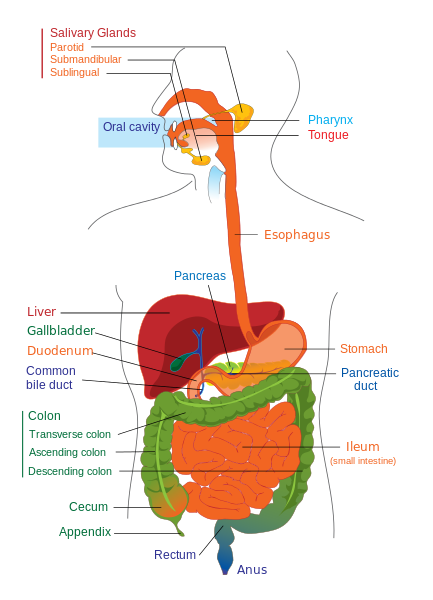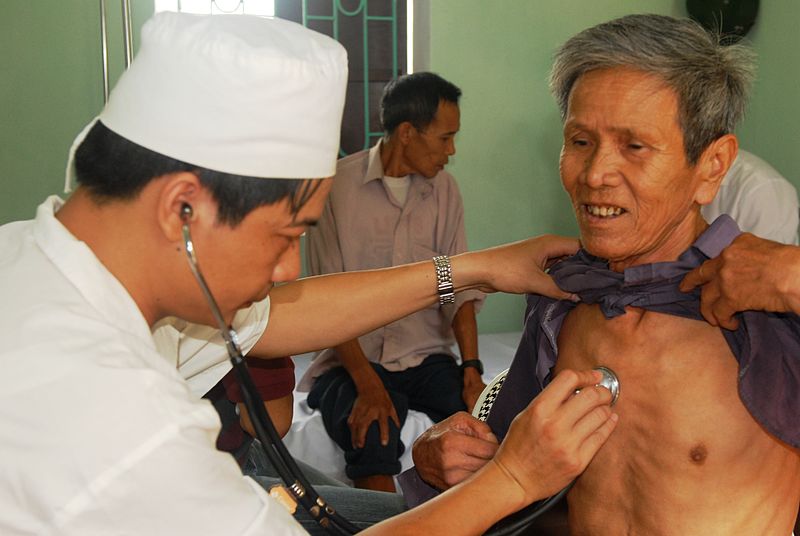The cardiovascular system (CVS) examination is divided into two parts:
- General physical examination pertaining to the CVS
- Examination of precordium
General Physical Examination:
a. General demeanor:
- Dyspnea
- Distress
- Body mass
- Features of Marfan’s and other syndromes
b. Greeting and informed consent
c. Exposure
d. Hands:
1. Dorsum
i. Clubbing
ii. Nodes
iii. Splinter hemorrhages (and other stigmata of infective endocarditis)
2. Palm:
i. Anemia
ii. Sweating
iii. Cyanosis
3. Pulses:
i. Rate
ii. Rhythm
iii. Character (carotid)
iv. Symmetry (radio-radial and radio-femoral delay)
v. Volume (carotid)
vi. Calcification (by rolling the vessel)
vii. Collapsing pulse
e. Arm:
- Brachial pulse
- Blood pressure
- Temperature
f. Neck:
- JVP
- Carotids (ONE AT A TIME)
- Bruit over carotids
g. Face:
- Pallor
- Jaundice
- Cyanosis
- Central
- Peripheral
- Malar rash
- Dental caries
- Fundoscopy
- Stigmata of hyperthyroidism and hyperlipidemia (Lid lag, lid retraction, exophthalmos, xanthelasmas, tendon xanthomas etc)
h. Precordium (see below)
i. Abdomen:
- Hepatomeglay
- Ascites
- Aortic aneurysm
- Bruits (aortic, renal, iliacs etc)
- Aortic and Femoral pulse and bruit
j. Legs:
- Peripheral pulses (popliteal, posterior tibial and dorsalis pedis)
- Edema
k. Back:
- Bilateral crepitations
- Sacral edema
Examination of Precordium:
If the command is to examine the precordium, then this is performed first, then if time permits general physical examination is conducted.
1. Greetings, introduction, informed consent and exposure:
2. Inspection:
Performed from the side and foot end at the level of the chest.
a. Chest deformaties
b. Scars
c. Incisions
d. Movements
e. Pulsations:
i. Apex beat
ii. In pulmonary area
iii. In suprasternal notch
iv. In epigastrium
v. Along the left parasternal border
f. Prominent veins
g. Bulging
3. Palpation:
a. Apex beat
i. Site (measure with tape)
ii. Character
- Left parasternal heave
- Palpable heart sounds (by placing palm in ‘ ‑‑‑|___’ pattern over the chest covering all the areas i.e pulmonary area, aortic area, tricuspid area and mitral area)
- Thrill
- Palpable pericardial rub
4. Percussion:
Extent of cardiac dullness
5. Auscultation:
- Heart sounds (timed with carotid pulse)
- Murmur and radiation
- Pericardial rub
 howMed Know Yourself
howMed Know Yourself



